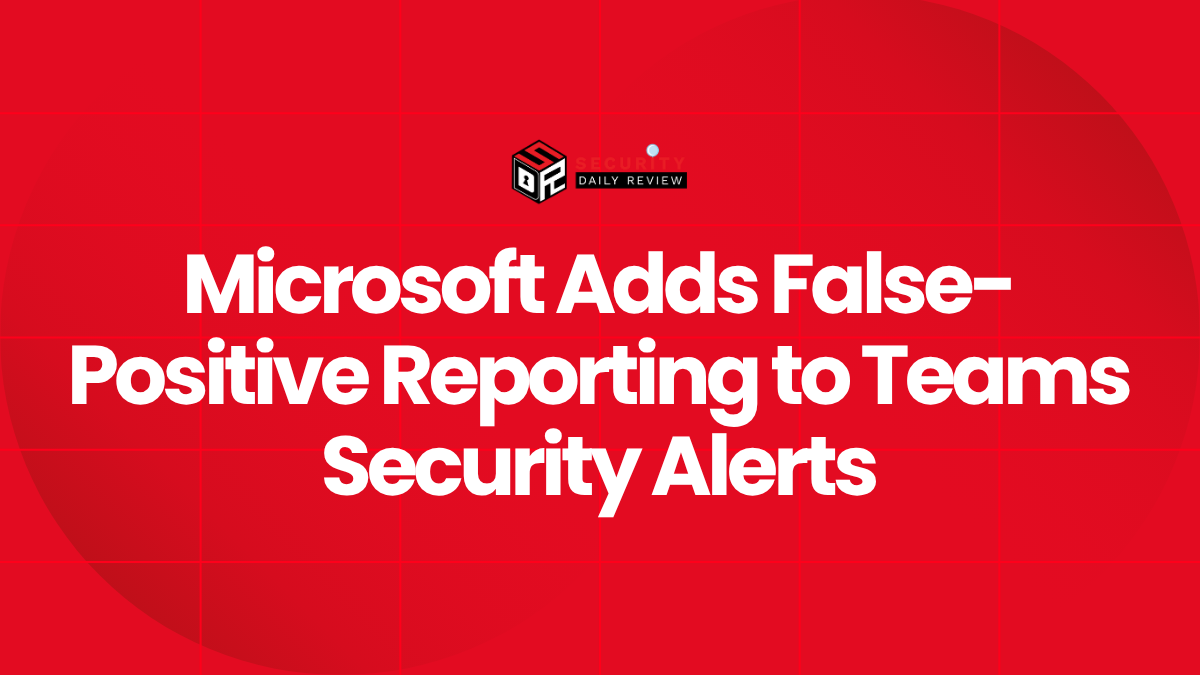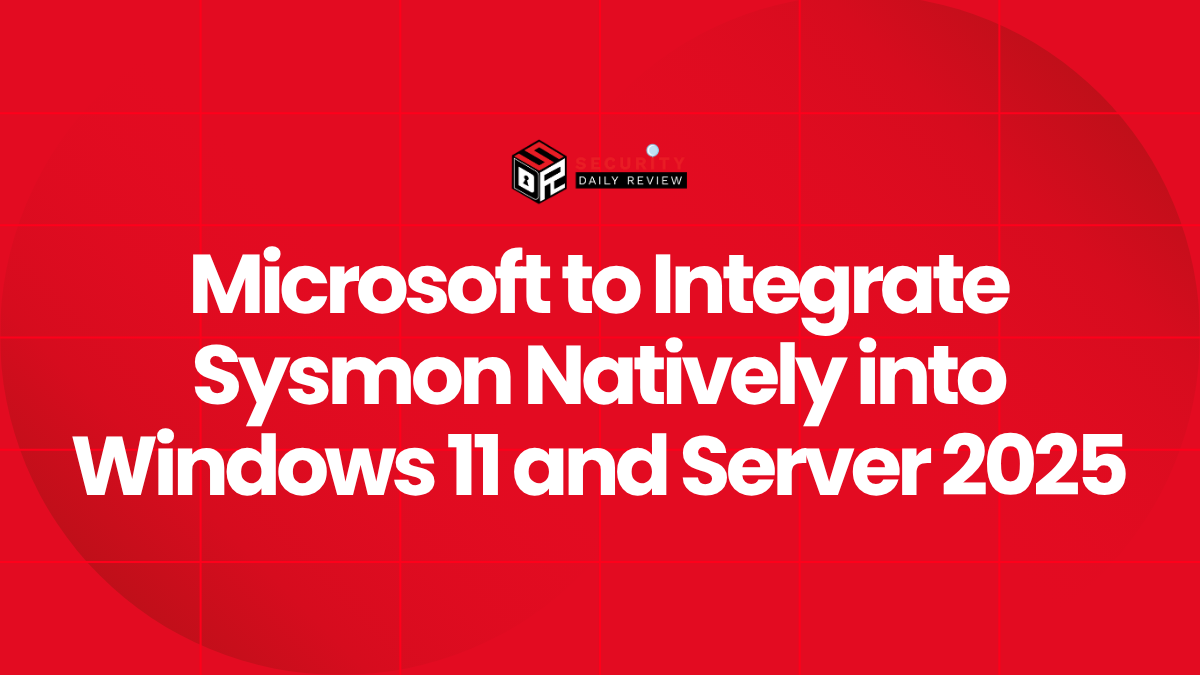Soaring cybersecurity investment is set to continue its upward trajectory as organizations respond to an intensifying threat landscape. According to multiple forecasts compiled by Gartner, global cybersecurity spending is expected to reach a staggering $213 billion in 2025. This marks a significant increase from the estimated $193 billion in 2024, and projections indicate it will climb further to $240 billion in 2026. The rapid expansion reflects mounting concerns over emerging threat vectors, surging cloud adoption, and the security implications of generative AI (GenAI) technologies.
Security Spending is Accelerating Alongside Rising Risks and Compliance Pressures
The double-digit growth in investment reflects a collective shift toward proactive security strategies. Gartner anticipates a 15.1% year-over-year increase in global information security spending—from $183.9 billion in 2024 to approximately $212 billion in 2025. Across sectors, this surge is attributed to several converging factors:
- A rise in sophisticated and high-profile cyberattacks
- Growing obligations to meet evolving compliance and regulatory mandates
- A talent shortage in the cybersecurity workforce
- Rapid digital transformation and widespread migration to cloud environments
Organizations are not only spending more but also reallocating budgets more strategically. Major investments are being directed at security software, endpoint protection, network security, and threat detection platforms, with a steady trend toward unified and cloud-native solutions.
Security Software Remains the Largest and Fastest-Growing Segment
Investments in software-based defenses are outpacing hardware and traditional services. Spending on security software is set to increase significantly, growing from $95 billion in 2024 to $106 billion in 2025—and reaching as much as $121 billion by 2026, according to Gartner. This category encompasses key domains like:
- Endpoint Protection Platforms (EPP)
- Endpoint Detection and Response (EDR)
- Application and infrastructure security
- Data security and privacy tools
The proliferation of AI-assisted development and deployment environments has emphasized the need for robust application security, prompting firms to extend safeguards across the development pipeline. Consequently, organizations are consolidating their software portfolios and reassessing best-of-breed versus platform-based solutions for EPP, EDR, and threat prevention.
Cloud and AI-centric Technologies Drive New Security Priorities
The security implications of cloud migrations and GenAI adoption are turning into budget accelerators. Enterprises continue to expand their cloud footprint—especially as AI and GenAI workloads shift computation into multi-cloud environments. Gartner calls out the transition from on-premises infrastructure to cloud-native services as a foundational driver of cybersecurity spending in 2025 and beyond. The combined market for Cloud Access Security Brokers (CASB) and Cloud Workload Protection Platforms (CWPP) is forecast to rise from $6.7 billion in 2024 to $8.7 billion in 2025. These tools are essential for managing access and securing workloads across public, private, and hybrid cloud environments.Moreover, the intersection of AI and cybersecurity is creating both risk and opportunity. Gartner estimates that by 2027, 17% of all cyberattacks or data leaks will involve generative AI. This has prompted organizations to proactively increase funding for:
- AI-aware data loss prevention (DLP)
- Behavioral analysis for insider threat detection
- Model monitoring and secure AI lifecycle management
Security Services and Network Protection also Draw Significant Increases
Operations, consulting, and managed services continue to be critical to expanding defensive capacity. In parallel with the software surge, security-related services are also climbing. Gartner forecasts a 15.6% increase in security services spending in 2025, taking it past $86 billion. This includes spend on:
- Managed Detection and Response (MDR)
- Incident response support
- Threat intelligence services
- Security consulting and integration
Meanwhile, network security is poised for a more modest, yet still notable, gain of 13%, reaching nearly $25 billion in 2025. This uptick reflects ongoing efforts to secure hybrid networks against lateral movement, zero-day exploits, and evolving ransomware tactics.
Long-Term Shift in Cybersecurity Spending Reflects Structural Changes, not Temporary Reactions
While the cybersecurity spending boom is partly reactive—fueled by a proliferation of threats—it also indicates a structural evolution in how enterprises view digital defense. No longer confined to IT or compliance checklists, cybersecurity is being prioritized as a foundational business capability.
Security leaders and CISOs are adapting by aligning budgets with emerging risks, especially those arising from innovations like generative AI and edge computing. As more organizations transition to integrated cloud and AI-first architectures, the demand for scalable, intelligent, and adaptive security solutions will continue to shape the spending landscape. The current forecasts signal not just sustained investment, but also a shift in its allocation. In a tightening economic and regulatory climate, organizations are demanding more from their cybersecurity programs—and vendors are responding with AI-integrated, cloud-native platforms that promise both agility and control.
For now, one thing is clear: global cybersecurity spending is not just rising, it’s recalibrating to address new realities. And for those planning 2025 budgets, these Gartner estimates underscore a pivotal moment in how digital risk is mitigated in a post-AI enterprise world.









